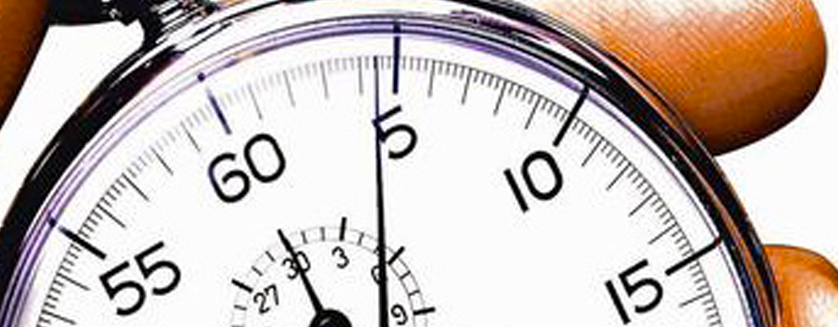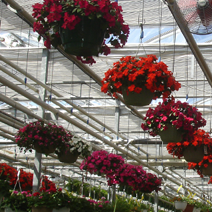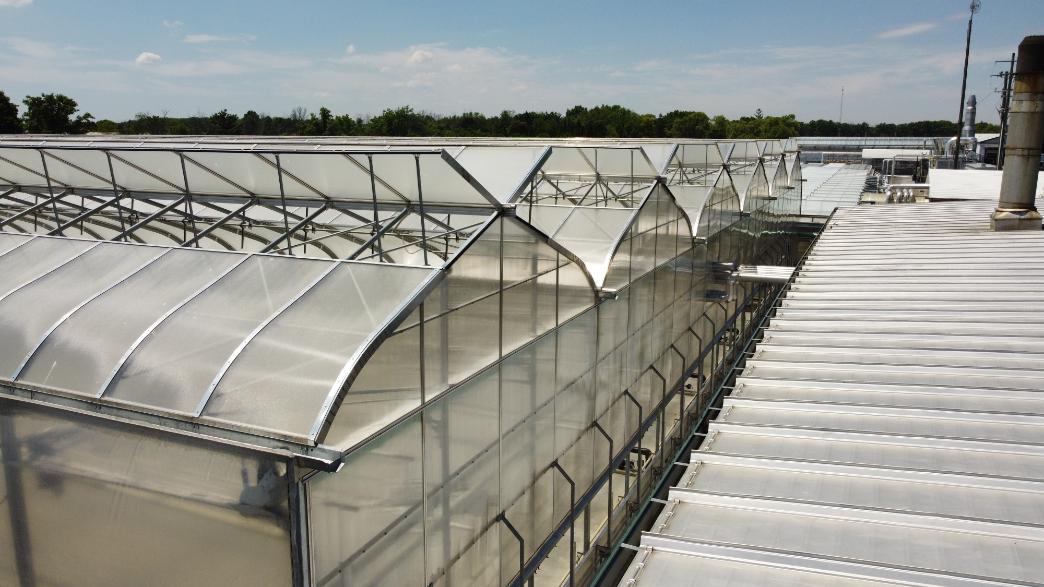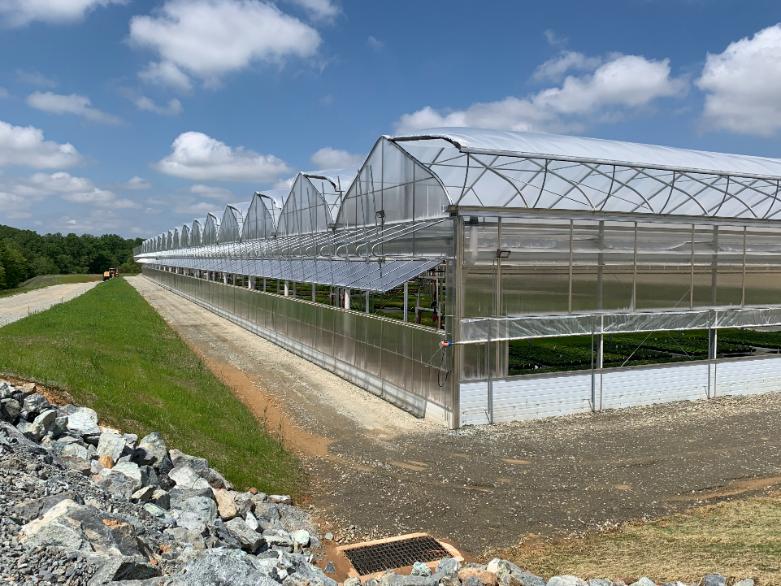Productivity problems in your greenhouse business?
Email !!! Gen Y !!! Smart Phones !!!
Driving to work today the radio DJ was talking about a recent survey of smart phone users. The results of the survey on frequency of use went something like this:
They recorded the number of times each person used their phone for, email, web search, as a calculator, calendar, camera, to run an app, to check contacts, and even as a phone. They recorded the amount of time each person spent on the phone performing the various activities.
They found that people looked at their phones on average 170 times a day or 1200 times a week. Factoring in that the average person sleeps 7 hours a day, leaving 17 hours for cellphone activity; it means that you are likely checking your cell phone 10 times an hour, or once every 6 minutes.
How productive are you with interruptions every 6 minutes? How much quality time are you spending thinking about where to focus your business, or how to solve a crop problem in the greenhouse? How effective is any greenhouse employee under conditions of frequent interruptions.
Several years ago I joined a group of local business executives led by a time management facilitation coach. We met once a week for a year discussing the challenges of running our businesses, and learning ways to improve our personal productivity.
And over the years I have found there are two productivity tools I come back to time and again when I find myself slipping into the rut of email overload, bogged down by too many low level unimportant tasks that seemingly need my immediate attention. I have passed these tools on to other managers at GGS, Growers Greenhouse Supplies, Niagrow, and JGS Limited, to help them stay focused, and seen these tools used with front line workers as well.

The first tool is a simple management graph which was first developed by Stephen Covey:
Place all your tasks into one of four quadrants. The goal is to eliminate activities in the red, and focus your time in the green. Human nature steers us away from Quadrant #4, and pushes us into Quadrant #1. But Quadrant #2 often suffers at the hand of Quadrant #3s seemingly urgent but yet unimportant demands. And you know what is in Quadrant #2 that is the biggest casualty: Planning!
Below is a sample chart of how each quadrant might look to various job descriptions in a greenhouse business:
| Greenhouse Job: | Important and Urgent | Important and Not Urgent | Not Important and Urgent | Not Important and Not Urgent |
|---|---|---|---|---|
| Greenhouse Shipping Mgr. |
|
|
|
|
| Greenhouse Owner |
|
|
|
|
| Greenhouse Sales Manager |
|
|
|
|
| Greenhouse Grower |
|
|
|
|

The second productivity tool which I continue to use is a time tracking chart.
Photocopy the page for every day of the week. At the top of each column write down the tasks that you have planned. Add to the list as the day goes on and there are additional tasks you are doing. As you do a task you draw a line to indicate the amount of time you spent on it. This is not planned time, but actual time used.
The chart to the right is an example of one of my days. You will notice some columns I have highlighted in pink. These are my high value tasks for that day: An accounting meeting, time spent on the factory floor seeing the greenhouse products we manufacture, a quick review with some of our sales reps, a brief marketing meeting to see what they are working on, approving quotes for the estimating department, a Continuous Improvement Meeting, reviewing status on new product designs.
You will also notice I have low value tasks that are not highlighted: email, interruptions, mail, Lunch, returning phone calls. Most of these were necessary, eating lunch makes good sense ( studies actually show you are much more productive in the afternoon after taking a lunch break ) and you can’t very well ignore your email for a week, but I could probably be more efficient if I only handled email once a day ( I target twice a day, but as you see by my chart I am not perfect ).








